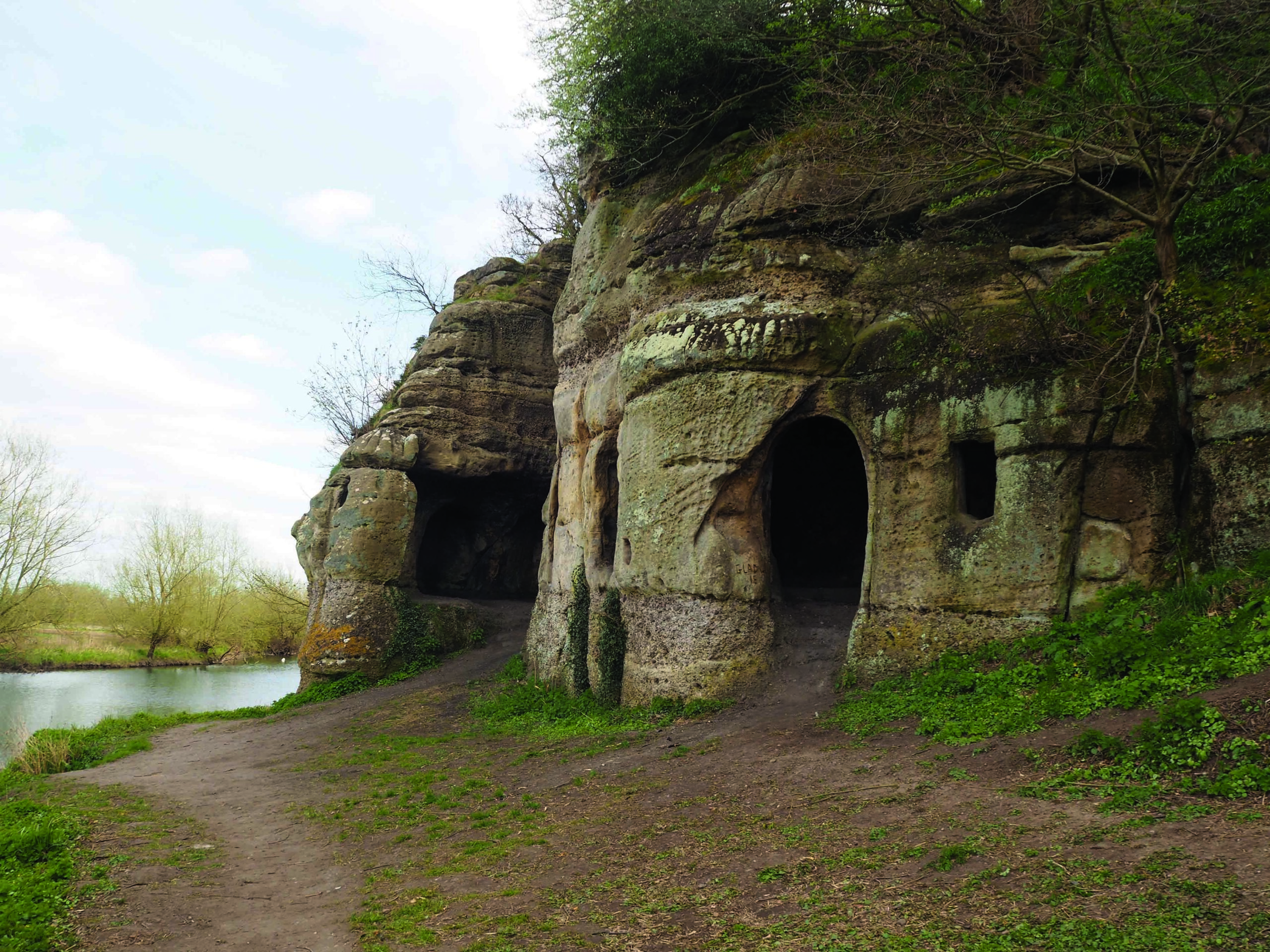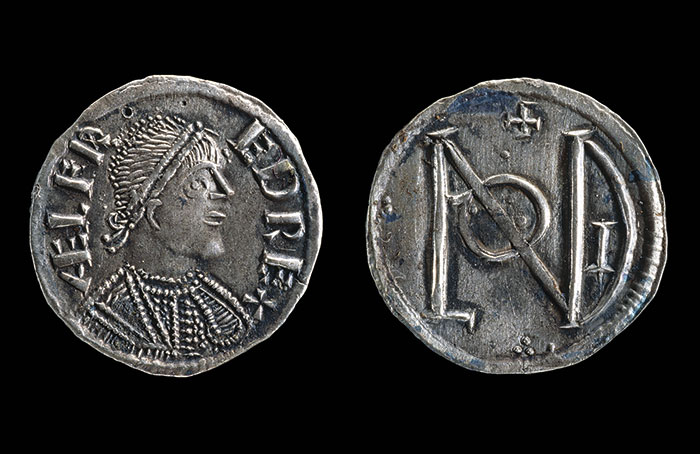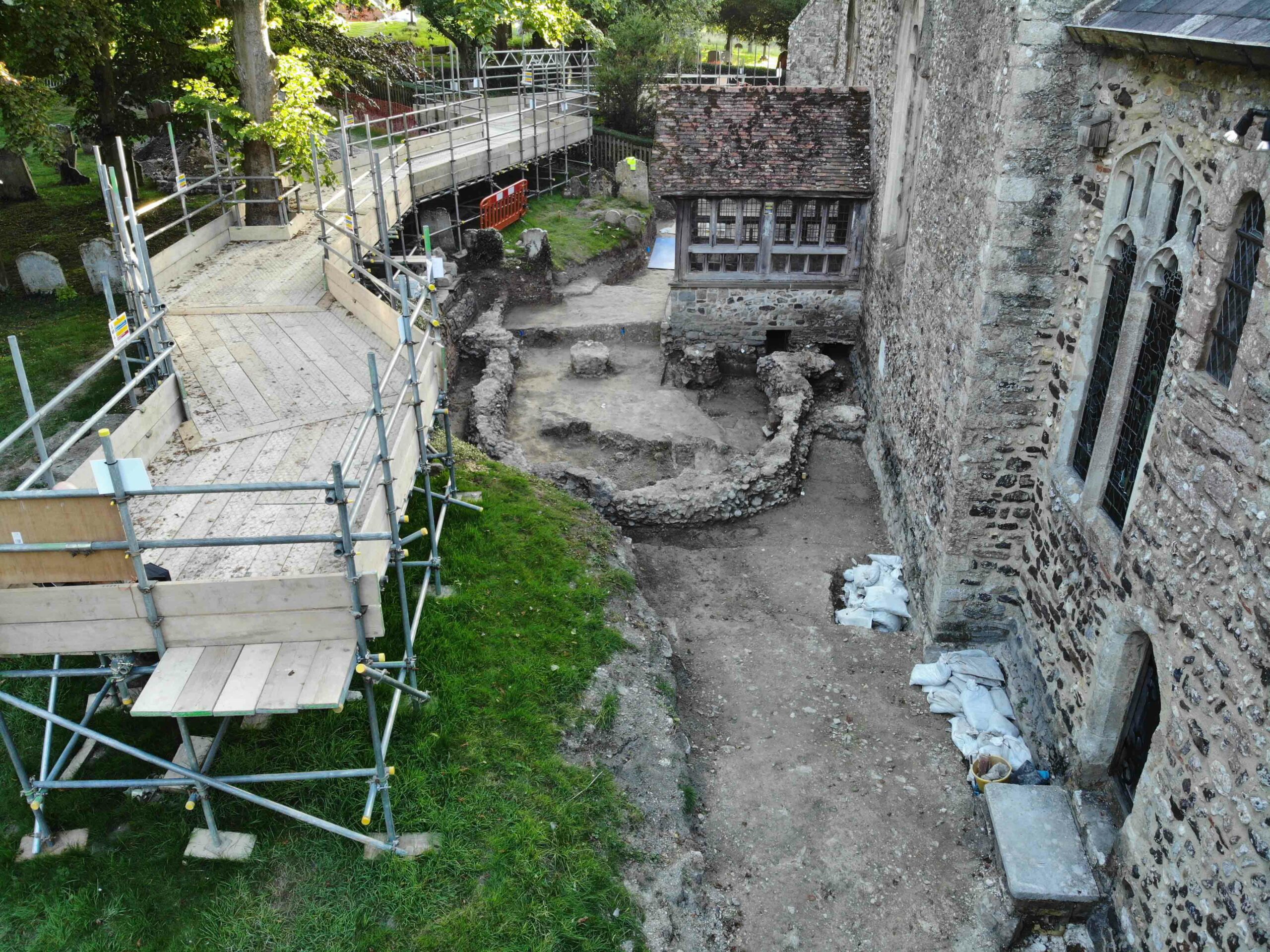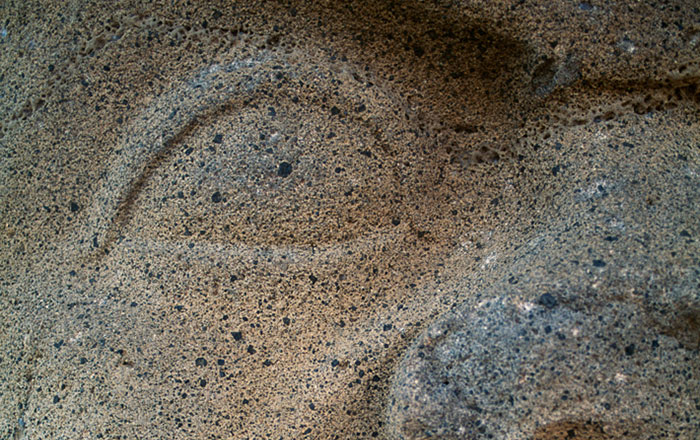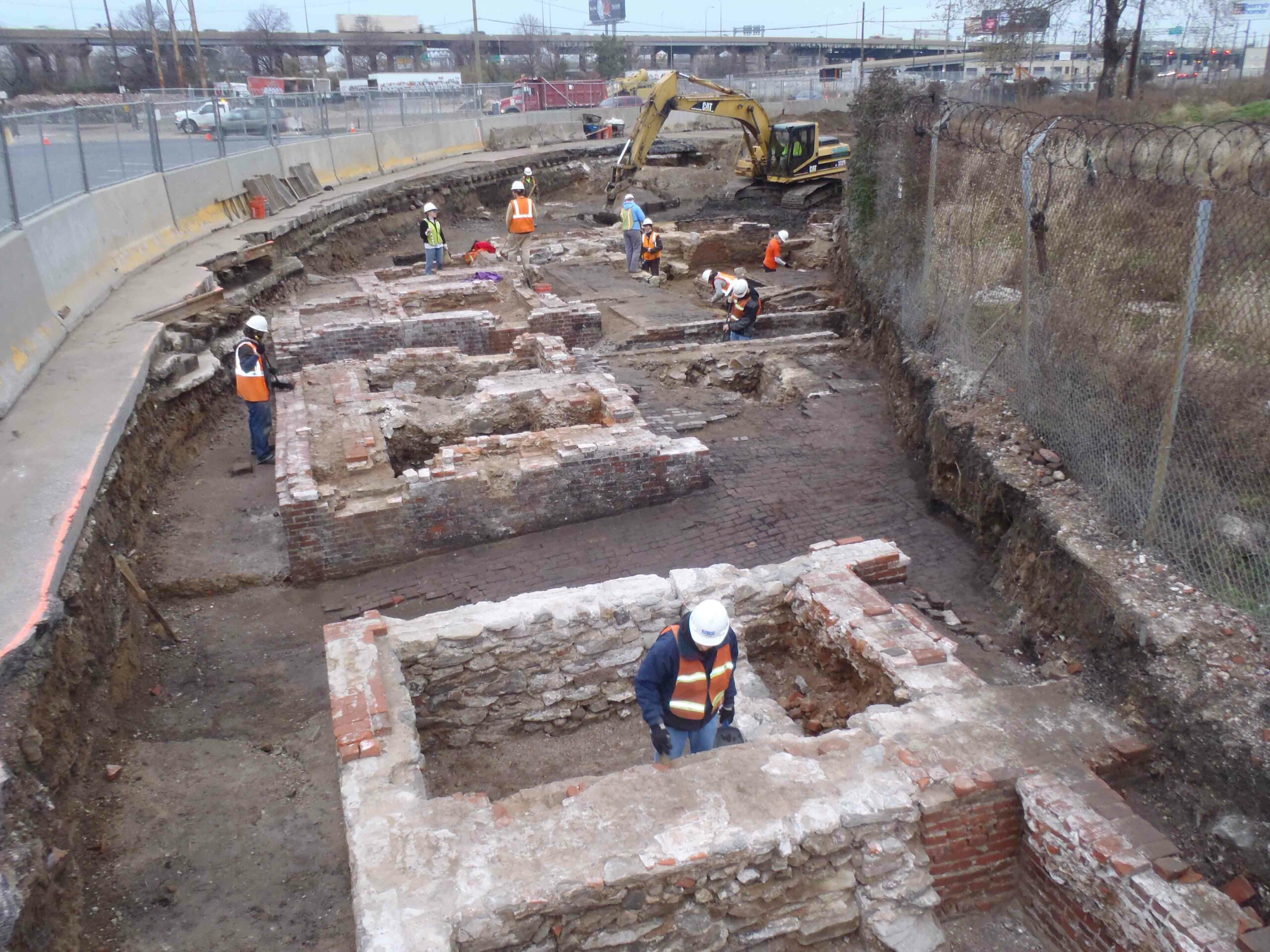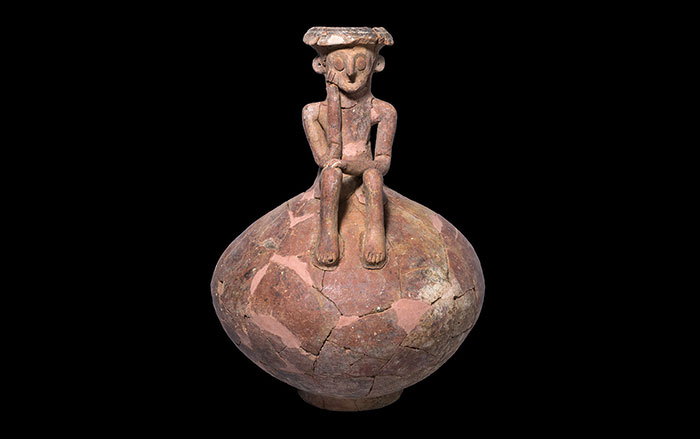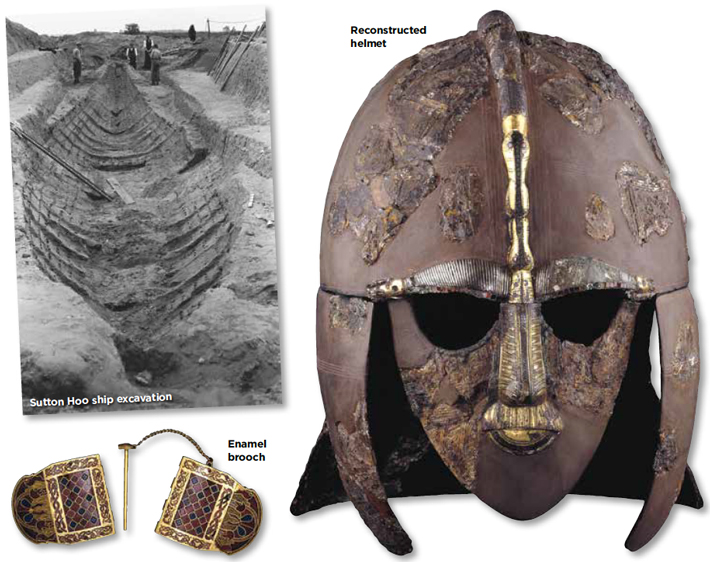
Even after almost eight decades, the Sutton Hoo ship burial is still providing researchers with new information that continues to underscore the wealth, reach, and prestige of East Anglia’s Anglo-Saxon kings. When the seventh-century grave was first excavated in 1939, archaeologists discovered a treasure trove of material: gold and garnet jewelry, ceremonial armor, silverware, and other exotic goods. Among the hundreds of objects collected at the time were several clumps of a black organic substance. For decades experts believed that this was a tar-like compound that was used in the waterproofing and maintenance of ancient ships.
However, a research team from the British Museum and the University of Aberdeen recently reanalyzed this material using modern technology including mass spectrometry and infrared spectroscopy. They determined that the black clumps were not pine tar, but actually bitumen, a semisolid form of petroleum. Furthermore, the geochemical signature of the bitumen indicates that it is from a Middle Eastern source, most likely Syria. In the ancient world, bitumen was highly valuable and had various uses, from medicine to waterproofing to use as an adhesive. At this point archaeologists are not quite sure why the bitumen was included in the burial, but its presence there demonstrates that the kings of East Anglia had access to an array of luxury items from widespread trade markets. British Museum researcher Rebecca Stacey says, “This new finding reinforces what we know about the intercontinental connections of East Anglia in the seventh century, and forces a reconsideration of the significance of this material in the burial assemblage.”



